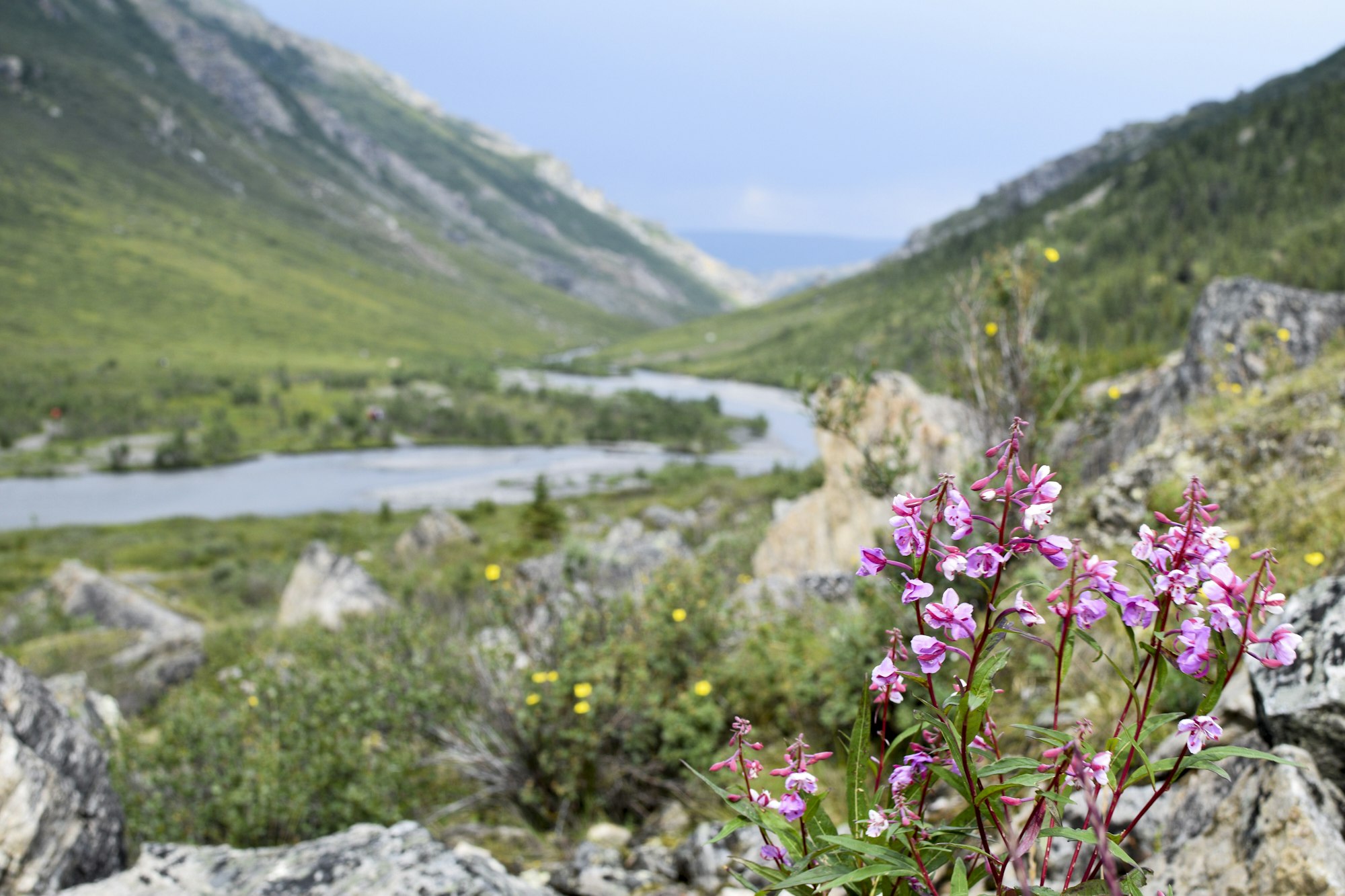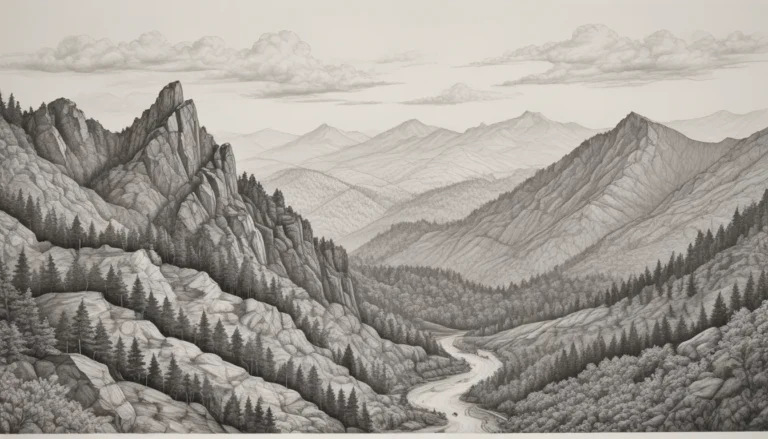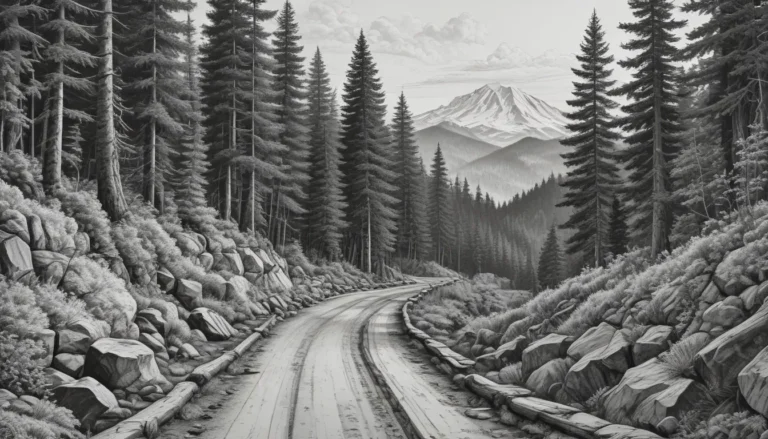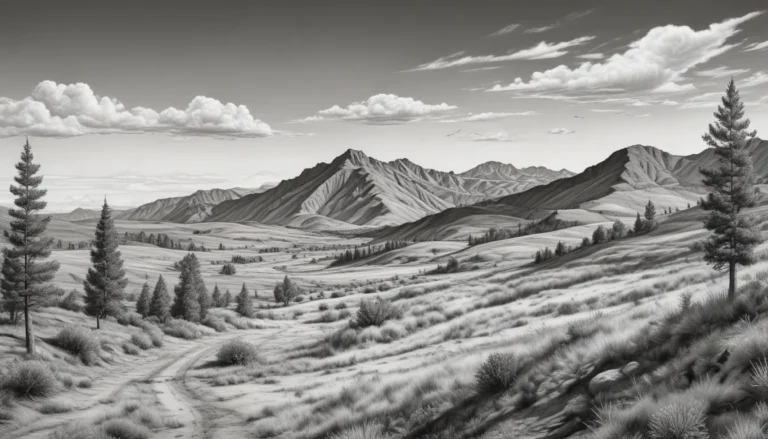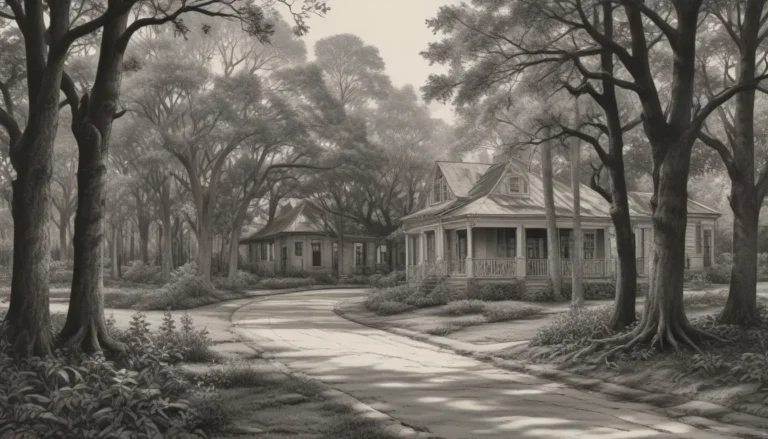The images in our articles are for illustrative purposes only and may not exactly match the content. They are intended to capture your interest and complement the text, not to replace it.
Welcome to Alaska, the largest state in the United States known as “The Last Frontier”. With its rugged natural beauty and rich cultural heritage, Alaska captivates both locals and tourists alike. From its vast wilderness to its unique history, Alaska is a treasure trove of wonders waiting to be explored. Join us on a journey through this beautiful state as we delve into the fascinating facts that make Alaska truly remarkable.
Unveiling Alaska: A Closer Look at the Land of the Midnight Sun
Quick Facts
- Juneau serves as the capital of Alaska.
- Alaska became the 49th state of the United States on January 3, 1959.
- With a total land area of 1.718 million km², Alaska holds the title of being the largest state in the U.S.
- Surprisingly, Alaska is so vast that 19 U.S. states could fit inside it.
- Despite its immense size, Alaska has a population of only 730,000 residents.
Essential Facts
- Alaska is less than 50 miles away from Russia, making it closer to Russia than to the rest of the United States.
- The state produces 25% of the oil in the U.S., boasting rich natural resources.
- Alaska experiences the Northern Lights (Aurora Borealis) in Fairbanks for an average of 240 days a year.
- Residents of Alaska enjoy no state sales tax, making it a unique state in terms of taxation.
- The state faces a high cost of living due to its remote location, ranking 45th out of 50 states in affordability.
- The Alaska Permanent Fund Corporation compensates citizens annually, with a dividend payment reaching $3,000 in 2019.
- Alaska’s Permanent Fund derives its revenues from various investments, including the state’s oil reserves, stock market, bonds, and real estate.
Interesting Facts
- The highest recorded temperature in Alaska was 37.8°C in Fort Yukon in 1915.
- Conversely, the lowest temperature recorded in Alaska was a bone-chilling -80°C in Prospect Creek Camp in 1971.
- Alaska boasts over 100 volcanoes, with approximately 40 being active in the past 1.5 million years.
- Anchorage, the largest city in Alaska, became incorporated in 1920 and is home to around 300,000 residents.
- Alaska’s indigenous population is divided into five major groups, comprising 24% of the state’s total population.
- Denali, the highest peak in Alaska, stands at 6,190 meters above sea level and is known for its challenging climbs.
Exploring Alaska’s Diverse Climate and Geography
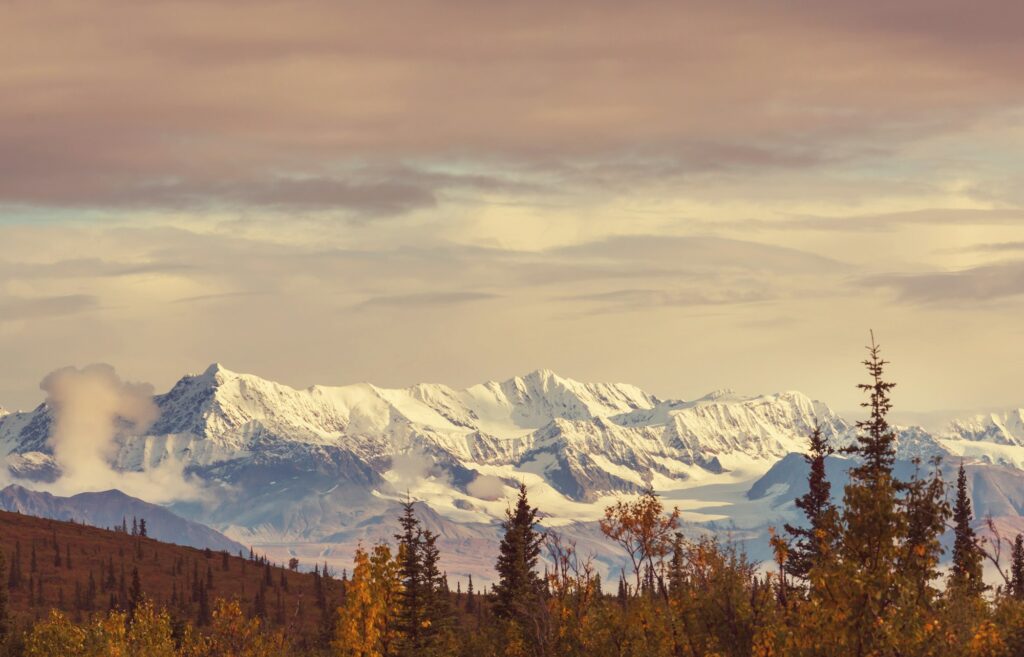
North Alaska: The Coldest Region
North Alaska experiences an Arctic climate, with long winters and short, cool summers. Sunlight can be scarce during winter and abundant during summer, yet temperatures rarely surpass 2°C.
South-Central Alaska: A Subarctic Haven
South-Central Alaska boasts a subarctic climate, characterized by clear days and snowy winters, offering a unique blend of beauty and tranquility.
Western Alaska: Climate Influenced by the Seas
Western Alaska enjoys moderate temperatures influenced by the Gulf of Alaska and the Bering Sea, creating a climate that varies throughout the year.
Southeast Alaska: Mild Temperatures Year-round
Southeast Alaska enjoys the mildest temperatures in the state, with winter temperatures rising above freezing, offering residents and visitors a more temperate climate.
Interior Alaska: Extreme Contrasts in Seasons
Interior Alaska experiences extreme temperature ranges, with scorching summers reaching 34°C and icy winters plummeting to -45°C, showcasing the state’s climatic diversity.
Delving into Alaska’s Rich History and Cultural Heritage
Alaska’s history is steeped in a blend of Russian, Native Alaskan, and American influences, shaping the state into the unique entity it is today. From the Russian purchase of Alaska in 1867 to the gold rush era that attracted fortune seekers, Alaska has a rich tapestry of stories waiting to be discovered.
Experiencing Alaska’s Natural Wonders: From Volcanoes to Glaciers
Alaska is home to a plethora of natural wonders, including over 100 volcanoes that dot the landscape. With more than 27,000 glaciers, Alaska boasts half of the world’s total glacier population, offering visitors a glimpse into the icy heart of this magnificent state.
Embracing Alaska’s Wildlife and Wilderness
Alaska’s diverse ecosystem is home to a wide array of wildlife, from majestic moose to massive brown bears. The state’s national parks, including Denali and Wrangell-St. Elias, provide sanctuary for these creatures, allowing visitors to witness nature in its purest form.
Engaging with Alaska’s Unique Culture and Traditions
Alaska’s indigenous peoples, with their rich cultural heritage, play a vital role in shaping the state’s identity. Their traditions, art, and languages are woven into the fabric of Alaska, adding depth and diversity to the state’s cultural landscape.
Planning Your Alaskan Adventure: Tips for Exploring “The Last Frontier”
Whether you’re a nature enthusiast, history buff, or cultural explorer, Alaska offers something for everyone. From hiking in Denali National Park to witnessing the Northern Lights in Fairbanks, Alaska beckons with its unparalleled beauty and charm.
Conclusion: Unveiling the Magic of Alaska
As we conclude our journey through the wonders of Alaska, we hope you’ve gained a newfound appreciation for “The Last Frontier”. With its breathtaking landscapes, rich history, and vibrant culture, Alaska stands as a testament to the beauty and resilience of the human spirit. Whether you’re exploring its volcanoes, glaciers, or national parks, Alaska offers an experience like no other, inviting you to discover the magic that lies within its borders. Embrace the spirit of adventure and embark on a journey to Alaska, where every corner holds a new surprise and every moment is a chance to create everlasting memories. Experience the magic of Alaska and discover the untamed beauty of “The Last Frontier”.
